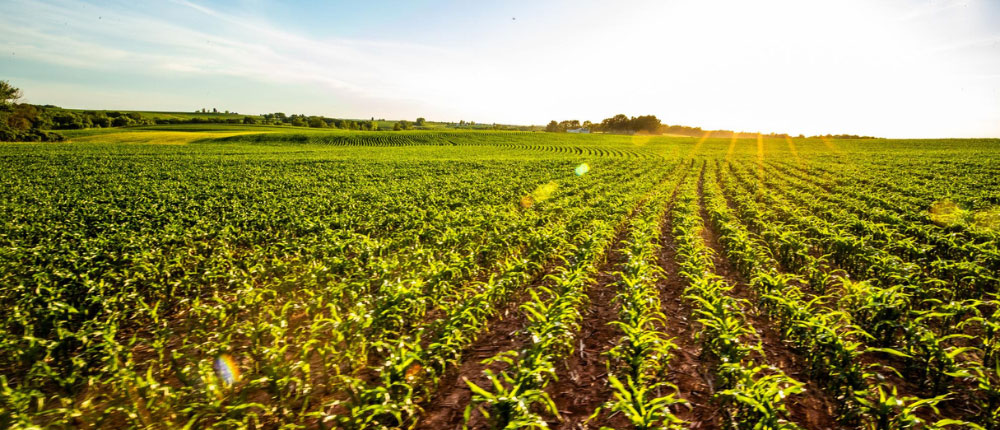What is Waterhemp?
Amaranthus tuberculatus/rudis, or Waterhemp, is a summer annual that can produce 250,000 seeds per plant. Some plants can produce up to one million seeds under noncompetitive favorable conditions. Emergence occurs later in the growing season, and it has a long emergence period which produces new weed flushes all summer long. Seeds are very small and well suited to germinate under reduced tillage systems and can easily spread through harvest equipment and on feed stocks. It has a high amount of genetic variability due to cross breeding between separate male and female plants (dioecious). This outcrossing allows plants to rapidly evolve resistance to multiple sites of action (SOA).How to identify Waterhemp
Waterhemp is closely related to other pigweed species which can make proper identification difficult. Seedlings are smooth, hairless, with pointed leaves sometimes containing a slight notch at the tip. The leaves of waterhemp are typically glossy and often more elongated compared to redroot or smooth pigweed. The branches may be brightly colored, varying from deep red or pink to green. Waterhemp petioles are always shorter than the leaf blade, whereas Palmer amaranth petioles are often longer. Inflorescence or seed heads are characterized as open with minimal branching and both the male and female seed heads are smooth without the spiny bracts found on other species such as Palmer amaranth.
Combating herbicide-resistant Waterhemp
Waterhemp resistance is caused by several factors of the plants make up and development including:
- Cross pollination of separate male and female plants causes variability within populations
- Waterhemp produces over 1,000,000 seed per plant
- Waterhemp is prone to develop resistance more rapidly than most weeds due to genetic variability
- The high amount of seeds from a few resistant plants tend to shifts the response of a population to an herbicide increasing the risk of failure of the next herbicide application
Now more than ever, it’s important for retailers and growers to stay engaged with their CHS Agronomy representative to stay up to date on the latest adjuvant technology in order to select the best adjuvants for their operation and profitability. It’s also important for growers to talk with their agronomist about how adjuvants enhance crop protection products applied to their operation.
CHS Agronomy develops and offers a full range of special purpose/utility and multifunctional adjuvants, from drift inhibitors and buffers to compatibility agents, deposition aids, and surfactants to enhance herbicide, fungicide, and insecticide technologies on the market.
For a listing of available adjuvants, contact your CHS Agronomy representative.




